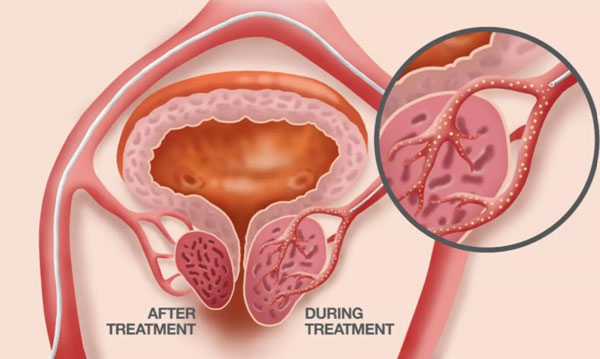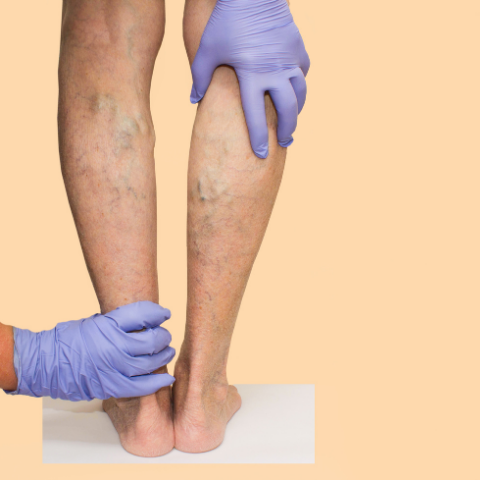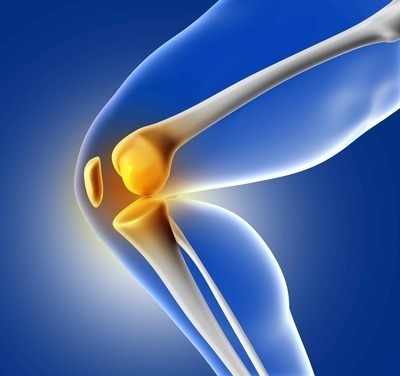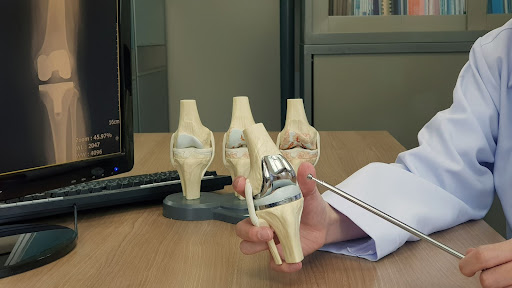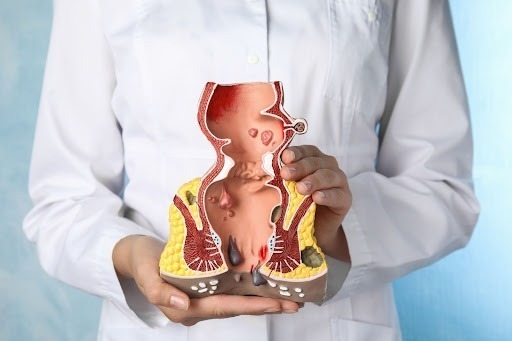Kidney Stones / Urology
Choosing Ureteroscopy: When Is It the Best Solution for Kidney Stone Removal?
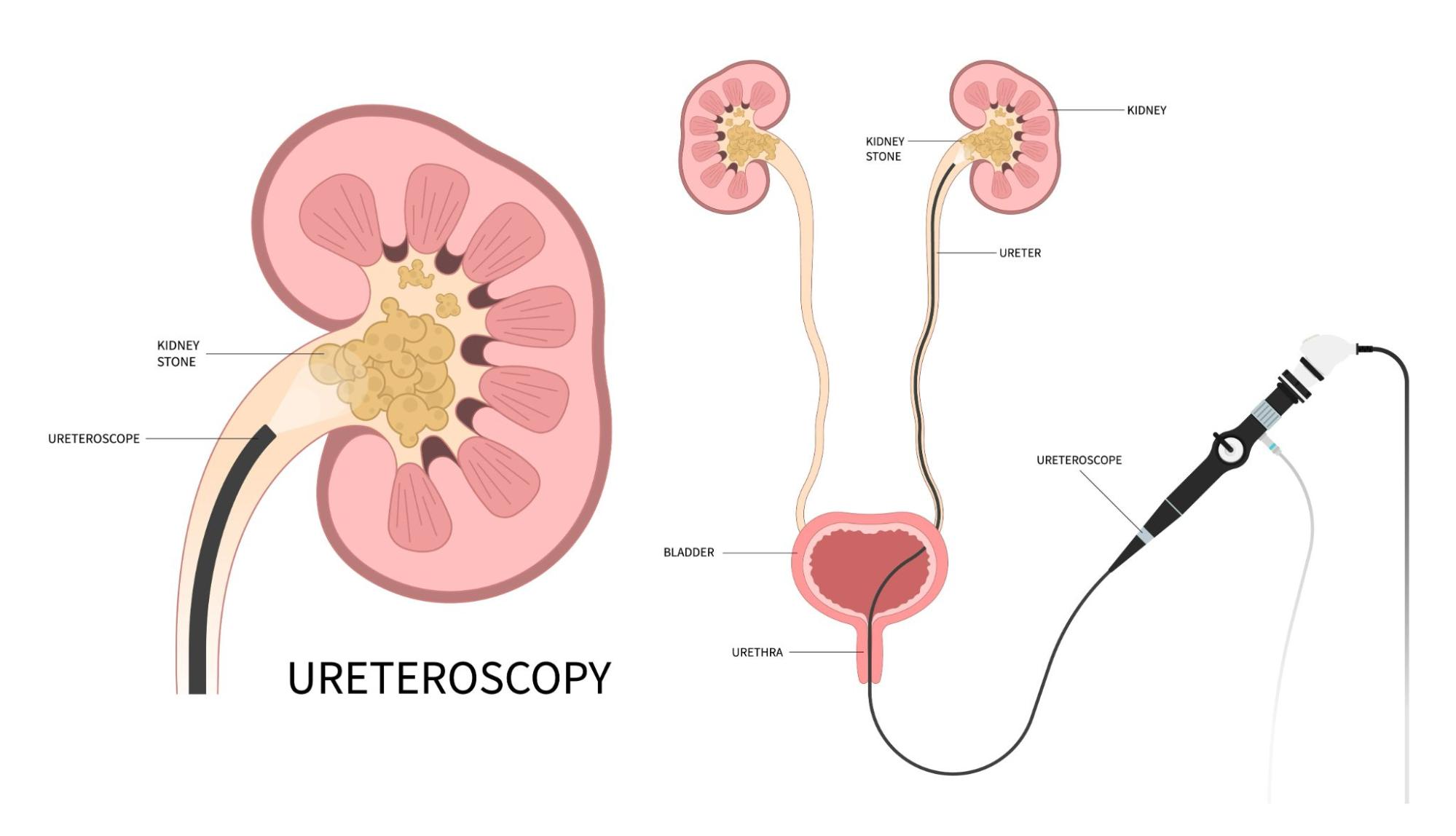
by admin
29th September 2023
8 minutes read
Introduction
Kidney stones, if left untreated, can lead to severe discomfort and potential complications. Various treatments exist, yet the most suitable option depends on the stone’s size, type, and location. Ureteroscopy emerges as a highly effective solution, especially for stones lodged in the ureter or kidney. This minimally invasive procedure involves the insertion of a ureteroscope through the urethra to visualize and remove or fragment stones. In this discourse, we delve into the circumstances where ureteroscopy is deemed the most suitable solution for kidney stone removal, analyzing its advantages, limitations, and comparing it to other prevalent stone removal techniques. Through understanding the specifics of ureteroscopy, patients and medical practitioners can make informed decisions concerning kidney stone management.
What is Uteroscopy?
Ureteroscopy is a medical procedure used primarily for the examination and treatment of kidney stone diseases. When a kidney stone forms, it could stay within the kidney or travel down to the ureter, causing varying degrees of discomfort and complications. Kidney stone symptoms often include severe pain, blood in urine, and frequent urination. During a ureteroscopy, a thin viewing instrument called a ureteroscope is inserted through the urethra and bladder to the ureter or kidney to locate the kidney stone. If a stone is found, it’s either removed or fragmented for easier passage. By directly addressing kidney stone issues, ureteroscopy plays a crucial role in alleviating kidney stone symptoms and preventing further complications associated with kidney stones and kidney stone in kidney symptoms.
When is Uteroscopy Recommended?
Ureteroscopy is recommended in a variety of situations primarily revolving around the management and treatment of urinary tract stones. Here are some scenarios where ureteroscopy might be advised:
- Location of the Stone: It’s especially recommended for stones that are located in the ureter, particularly the lower part. Stones in the kidney can also be treated with ureteroscopy, especially if they are near the opening where the ureter connects to the kidney.
- Size of the Stone: While small stones in the ureter often pass on their own, larger stones might require intervention. Ureteroscopy can be used to remove or fragment stones that are too large to pass spontaneously.
- Failure of Other Treatments: If other non-invasive treatments, such as extracorporeal shock wave lithotripsy (ESWL), are unsuccessful, ureteroscopy may be chosen as the next step.
- Specific Stone Composition: Certain stone types might not be effectively broken down with ESWL. In such cases, ureteroscopy can be more effective.
- Presence of Symptoms: Persistent pain, infection, or other complications from a stone may prompt the need for a more immediate intervention like ureteroscopy.
- Anatomical Considerations: Some patients may have anatomical abnormalities that make other treatments less effective or risky, making ureteroscopy a better option.
Ureteroscopy: Preparation and Procedure
Ureteroscopy is a minimally invasive procedure utilized to diagnose and treat issues in the urinary tract, especially kidney stones. The preparation and procedure are structured to ensure the safety and effectiveness of the treatment. Here’s an overview:
Preparation:
- Consultation: Consult with a urologist who will explain the procedure, potential risks, and benefits. They’ll review your medical history and conduct necessary tests to evaluate your suitability for ureteroscopy.
- Pre-operative Testing: Tests might include blood tests, urine tests, and imaging studies to understand the size, location, and type of stones or other urinary tract issues.
- Medication Review: Discuss any medications you’re currently taking with your doctor, as you may need to temporarily stop certain medications, especially blood thinners.
- Fasting: You will likely need to fast (no food or drink) for several hours before the procedure.
- Anesthesia Pre-evaluation: You may have an appointment to evaluate your readiness for anesthesia, which is used during the procedure to ensure you remain comfortable.
Procedure:
- Anesthesia: General or spinal anesthesia is administered to ensure you’re comfortable and pain-free during the procedure.
- Ureteroscope Insertion: A thin, flexible, or rigid ureteroscope is inserted through the urethra, passed through the bladder, and into the ureter and/or kidney to identify the stone(s).
- Stone Retrieval or Fragmentation: Once the stone is located, small instruments or laser energy are used through the ureteroscope to either grasp and remove the stone or break it into smaller pieces that can pass more easily through the urinary tract.
- Stent Placement (if necessary): A temporary stent may be placed in the ureter to prevent swelling and promote healing. It also helps in the easy passage of urine and any remaining stone fragments.
- Recovery: After the procedure, you’ll be taken to a recovery room and monitored as the anesthesia wears off. Once stable, you’ll receive instructions for at-home care, which may include medication, straining your urine, and a follow-up appointment to remove the stent if one was placed.
The entire ureteroscopy procedure usually takes about 1 to 2 hours, depending on the complexity of the condition. Post-operative recovery and monitoring are crucial to ensure a successful outcome and manage any potential complications.
Recovery and Aftercare
- Rest: Ensure you get plenty of rest to help your body heal.
- Pain Management: Take prescribed pain medications as directed to manage discomfort.
- Stent Care: Follow instructions for caring for your ureteral stent if one was placed.
- Hydration: Drink plenty of water to help flush out any remaining stone fragments.
- Avoid Heavy Lifting: Avoid strenuous activities and heavy lifting for a period recommended by your doctor.
- Follow-up Appointments: Attend all follow-up appointments to monitor your recovery and to remove the stent if necessary.
- Urine Straining: Strain your urine if instructed to do so, to catch and analyze any passed stone fragments.
- Avoid Irritants: Avoid irritants like tobacco and alcohol that may exacerbate urinary tract irritation.
- Prompt Reporting: Report any severe pain, fever, chills, or blood in your urine to your doctor immediately.
- Maintain a Balanced Diet: Adhere to a balanced diet to prevent further stone formation and promote overall urinary health.
- Check for Wound Infection: Keep an eye on the entry site for signs of infection like swelling, redness, or discharge, and report any concerns to your doctor.
- Return to Normal Activities Gradually: Gradually resume normal activities as advised by your healthcare professional.
Advantages of Ureteroscopy
- Minimally Invasive: Ureteroscopy is less invasive compared to other surgical procedures for stone removal.
- High Success Rate: Effective in treating and removing stones, with a high success rate, especially for lower ureter stones.
- Direct Visualization: Allows direct visualization of the urinary tract to accurately identify and treat stones.
- Immediate Relief: Provides immediate relief from severe pain and other symptoms associated with kidney stones.
- Short Hospital Stay: Often performed as an outpatient procedure, allowing for a quicker return to normal activities.
- Preservation of Kidney Function: Helps preserve kidney function by promptly addressing obstructing stones.
- Applicable to Various Stone Types: Effective for various types of stones, including ones that are hard to fragment with shock wave lithotripsy.
- No Incisions: The procedure doesn’t require any incisions, reducing the risk of infection and scarring.
- Precise: Targeted treatment helps in minimizing the risk to surrounding tissues.
- Diagnostic and Therapeutic: This can be both diagnostic and therapeutic, identifying and treating urinary tract issues in one session.
- Low Complication Rate: Generally, has a low rate of complications when performed by experienced urologists.
- Adaptable: Can be adapted to the specific needs and anatomy of the individual patient.
Risks and Complications of Ureteroscopy
- Infection: Like with any procedure, there’s a risk of urinary tract infection or sepsis.
- Bleeding: Minor bleeding can occur, which might result in blood in the urine.
- Ureteral Injury: The ureter can be injured or perforated during the procedure.
- Urinary Retention: Difficulty in emptying the bladder can occur post-procedure.
- Stricture Formation: Scarring or narrowing of the ureter, known as ureteral stricture, can develop.
- Missed Stones: Some stones may be missed, especially if they are very small or if the anatomy is complex.
- Reaction to Anesthesia: Adverse reactions to anesthesia can happen, although they are rare.
- Incomplete Stone Removal: Not all stones might be removed or fragmented during a single procedure.
Conclusion
Ureteroscopy stands as a highly effective, minimally invasive procedure for diagnosing and treating urinary tract issues, particularly kidney stones. With its high success rate, it offers immediate relief from pain and obstruction, making it a favorable choice among urologists and patients. While it carries certain risks, like infection or ureteral injury, the complications are generally low when performed by experienced practitioners. The direct visualization and treatment capabilities of ureteroscopy contribute to its efficacy, aiding in swift recovery and preservation of kidney function. Overall, ureteroscopy remains a significant option in the armamentarium of kidney stone management, bridging immediate relief with a low-risk profile.
FAQs
Yes, ureteroscopy can be performed on children by pediatric urologists with specialized training and experience in treating pediatric urinary tract conditions.
Recovery times can vary, but most individuals can return to normal activities within a few days to a week.
Some discomfort or mild pain may be experienced post-procedure, which can usually be managed with prescribed or over-the-counter pain medications.
While ureteroscopy is often used for stones less than 2 cm, advancements in technology and surgical techniques have enabled the treatment of larger stones. The exact size limit depends on individual circumstances and surgeon expertise.
Typically, you can resume your normal diet after ureteroscopy unless otherwise advised by your doctor. It’s important to stay hydrated and follow any dietary recommendations provided by your healthcare provider.
CATEGORIES
- ACL Reconstruction
- Anal Fissures
- Anal Fistula
- Appendicitis
- ASK A DOCTOR
- Benign Prostatic Hyperplasia
- Breast Lump Excision
- Cataract
- Circumcision
- Conditions & Diseases
- Cosmetology
- Covid-19
- Cure
- Endocrinology
- ENGLISH VIDEOS
- Eye Care
- Gallstones
- General Surgeries
- Government Schemes
- Gynaecology
- Gynecomastia
- Health
- Health Insurance
- Hernia
- Hindi
- Hip Arthoscopy
- Hip Replacement
- Hip Replacement Surgery
- Hydrocele
- Kannada
- Kidney Stones
- Knee Arthroscopic
- Laparoscopic
- LASER
- Latest Treatments
- Lifestyle
- Liposuction
- Medfin Stories
- Medicine
- Nephrology
- Ophthalmology
- Orthopaedic
- Paraphimosis
- Patient Testimonials
- PCL Reconstruction
- Phimosis
- Piles (Hemorrhoids)
- Pilonidal Sinus
- Proctology
- Prostate Artery Embolization
- Rhinoplasty
- Second Opinion
- Total Knee Replacement
- Urology
- Uterine Artery Embolization
- Uterine Fibroids
- Varicocele
- Varicose Veins
- Vascular
- VIDEOS
